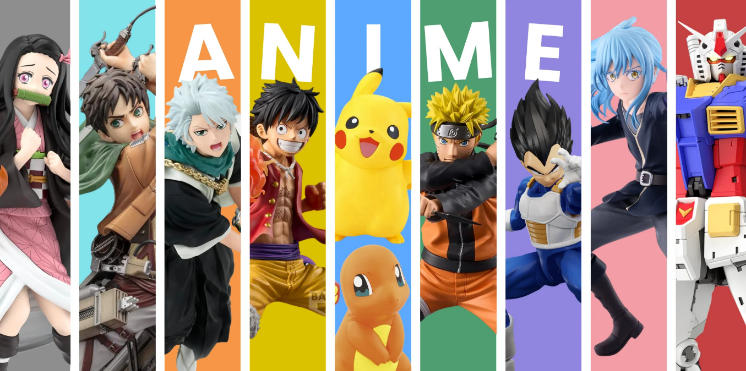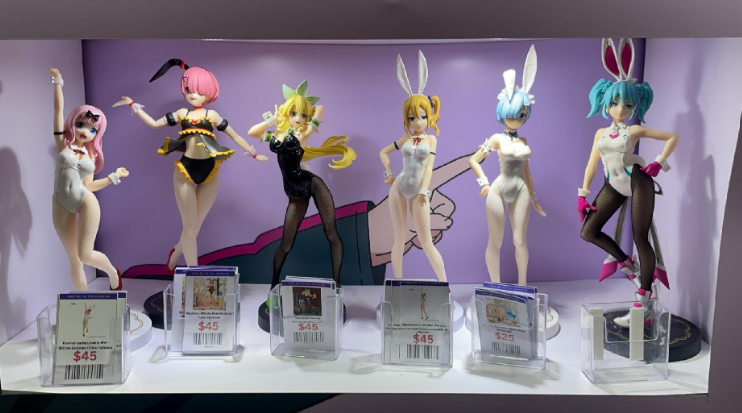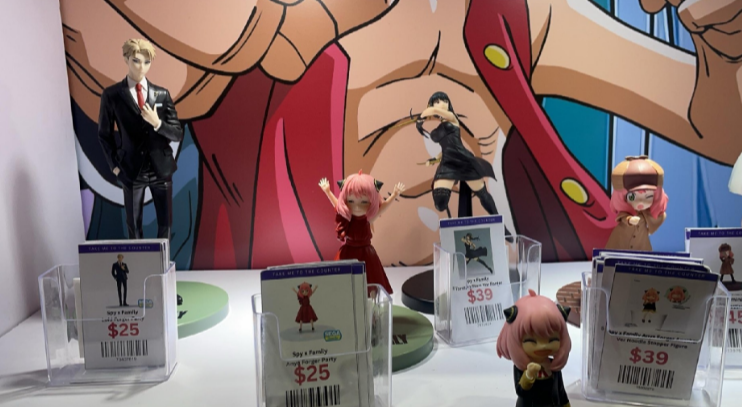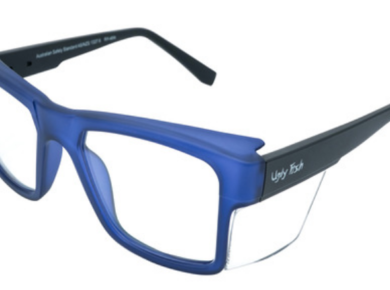Anime figures have long won the hearts of collectors and anime fans around the globe.
These ornaments, meticulously crafted and vividly painted, are more than mere physical
representations of beloved characters; they’re also a testament to the skilled craftsmanship
that breathes life and depth into fictional worlds. The demand for these figures has
skyrocketed over the years, evidencing the ever-growing popularity of the anime industry.
Creating, designing, and producing anime figures is no simple task. It’s a complex process
that involves multiple phases, from initial character conception to final product packaging.
Each step requires meticulous planning, design, and coordination to ensure that each
figurine accurately represents the originating character, thereby satisfying the stringent
expectations of admirers and collectors alike.
The Birth of a Character
Behind every anime figure lies a story. It starts in the anime studios, where artists,
storyboarders, and animators work tirelessly to design, develop and then bring these
characters to life. The character design is the foundation of the figure making process –
everything from detailed sketches, colour palettes to character backstories all play a crucial
role.
Once the 2D character design is completed, it's time to take the character into the third-
dimension. This is an intricate process that involves careful consideration of how the
character will translate into physical form, requiring the involvement of talented 3D artists
and sculptors. Occasionally, certain elements of characters might need to be adjusted or
interpreted differently to suit a 3D design – a crucial step to ensuring the figurine embodies
the essence of the original design.
From Paper to Clay: The Prototyping Stage
The transition from 2D design sketch to 3D physical representation is completed during the
prototyping stage, often starts with humble clay models or 3D printed prototypes. In this
stage, sculptors meticulously shape and refine the model, ensuring every detail from the
original design is captured in the figure. Whether the flowing hair of a heroine or the emblem
on a hero's chest, each nuance is carefully crafted to match the initial design.
Sculptors play a pivotal role in forming the likeness and the dynamic poses of the anime
figures melbourne. Having a strong understanding of anatomy, spatial awareness, and
movement, they’re able to bring the character to physical form. This often involves hours of
precision hand work, using tools to scrape, smooth, and carve until the figure perfectly
mirrors its 2D counterpart.
Mastering Detail: Capturing Character Through Painting
The painting phase is when the figure starts to truly come to life. Countless hours are spent
meticulously airbrushing and hand-painting each figure. Colour plays an important role,
helping to capture the personality and the essence of each character. From the surface
colours to shading and gradients, each stroke of paint adds more definition to the figure.
Skilled painters are indispensable at this stage, they need to have a keen eye for detail to
ensure the colour schemes are consistent with the source material. Additionally, mastery in
shading techniques is vital in highlighting a figure's physical characteristics, showcasing its three-dimensional form and making it look more realistic.
Quality and Consistency: Understanding The Molding Process
Once the prototype figure is finalized and approved, it’s then used to create a mold—a
crucial step in the mass-production process. The molding process allows multiple replicas to
be created from the original model, ensuring consistency and maintaining the intricate details
throughout all figures. The most commonly used materials for anime figures are PVC
(polyvinyl chloride) or ABS (acrylonitrile butadiene styrene) due to their durability and ease of
molding.
The casting process further guarantees that each anime figure produced is an exact replica
of the original model, ensuring consistency across the line. However, each cast is not a
complete figure yet. They come in separate parts, which are later assembled together, this
allows for more detail to be preserved in the final product.
Finishing Touches: Packaging and Distribution
Upon completion of the production process, the anime figures still need to be packaged and
distributed. This final phase isn't just for show, but plays a critical role in ensuring the figures reach customers around the globe in perfect condition. Packaging not only offers protection but also enhances the appeal of the product, integrating an essential marketing aspect.
Distribution involves transporting the figures to various outlets, online & offline stores, and directly to the customers in some cases. This process requires coordination and planning to ensure safe and efficient delivery, without any loss or damage.
The Australian Anime Market: Local Tastes and Trends
The anime figure market in Australia has grown significantly over the past few years. Certain
figures, such as those from popular anime like “Naruto”,”One Piece”, “My Hero
Academia”, have a substantial fan base and sell particularly well in this market.
Anime conventions held across the country serve as major outlets for anime figures
Melbourne, distribution and promote their popularity. Enthusiastic fans converge to admire,
buy or trade figures, contributing to a vibrant community that shares a passion for these
intricate pieces of art.
How to Start Your Anime Figure Collection
Starting an anime figure collection can seem daunting initially, but with a few tips and
strategies, anyone can become a dedicated collector. First and foremost, select anime series
that you genuinely enjoy – this will make your collection much more personal and fulfilling.
Maintaining your figures is an essential aspect of collecting. Storing them away from harsh
environmental conditions, and occasionally using a soft brush to dust them off can go a long
way in preserving their integrity and appearance.
Properly curating and maintaining a collection can not just serve as an enjoyable hobby, but
also as an investment. Some figures appreciate in value over time, particularly those related
to popular series or limited-release special editions.
In conclusion, the art of creating anime figures combines design, skilled craftsmanship, and
precise production processes, all of which contribute to the production of these highly
sought-after collectibles. Whether you’re a seasoned collector or a newcomer, understanding the effort and meticulous diligence that goes into creating these figures can provide a
newfound appreciation for this fascinating art form.












